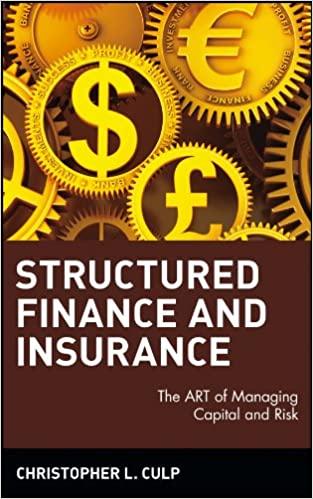Question
1) The Federal Reserve System A) is the central bank of the United States. B) is headed by the Secretary of the Treasury. C) is
1) The Federal Reserve System A) is the central bank of the United States. B) is headed by the Secretary of the Treasury. C) is in charge of managing the New York Stock Exchange. D) is responsible for conducting fiscal policy for the United States. 2) Monetary policy refers to the government's A) decisions on how much money to collect in taxes. B) management of the money supply and interest rates to achieve macroeconomic objectives. C) plans for retiring the national debt. D) decisions on how much money to spend. 3) In the United States, the lender of last resort is A) Fannie Mae. B) Securities and Exchange Commission. C) the Federal Reserve. D) the Federal Deposit Insurance Corporation. 4) Instrument independence is the ability of ________ to set monetary policy ________. A) Congress; instruments B) the central bank; instruments C) the central bank; goals D) Congress; goals 5) Goal independence is the ability of ________ to set monetary policy ________. A) Congress; goals B) Congress; instruments C) the central bank; goals D) the central bank; instruments 6) Recent research indicates that inflation performance (low inflation) has been found to be best in countries with A) money financing of budget deficits. B) a policy of always keeping interest rates low. C) political control of monetary policy. D) the most independent central banks. 7) Which of the following is NOT considered to be a goal of monetary policy? A) economic growth B) price stability C) fair wages D) high employment 8) Which of the following is considered to be a goal of monetary policy? A) fair wages B) price stability C) an end to poverty D) a low federal budget deficit 2 9) Rates of inflation in the hundreds or thousands of percent per year are known as A) super inflation. B) overinflation. C) hyperinflation. D) megainflation. 10) Interest rate fluctuations A) make it difficult for households and firms to plan for the future. B) have largely been eliminated by the Fed during the past two decades. C) have the paradoxical effect of increasing the rate of economic growth. D) are usually not considered to be of much importance and are largely ignored by the Fed.
Step by Step Solution
There are 3 Steps involved in it
Step: 1

Get Instant Access to Expert-Tailored Solutions
See step-by-step solutions with expert insights and AI powered tools for academic success
Step: 2

Step: 3

Ace Your Homework with AI
Get the answers you need in no time with our AI-driven, step-by-step assistance
Get Started


